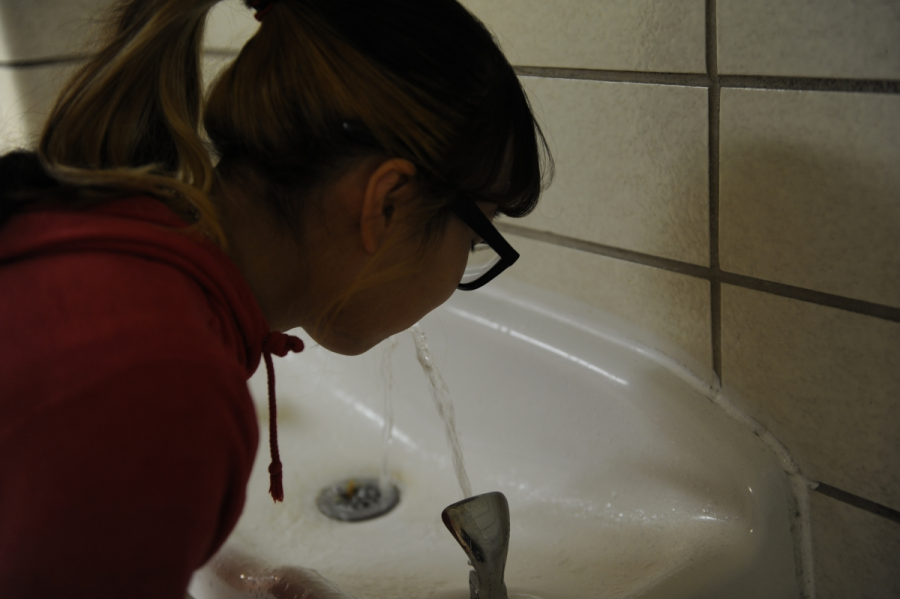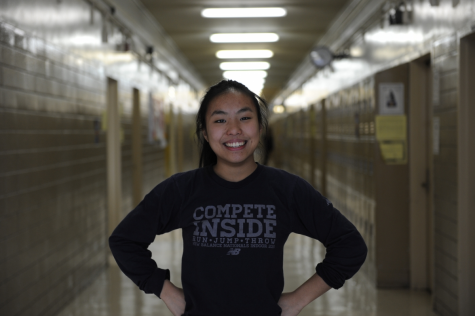City Invests One Billion Dollars in Improving Tap Water
Mian Hua Zheng ’19 exhibits great passion for the investment for pure water. “I think having clean and drinkable water is very important. If we can’t even even guarantee the basic sanitation of the water, a necessity, we use to clean, wash food, and drink daily, ‘water’ we supposed to trust?” Zheng said.
New York is renowned as one of the few cities in the country that can supply most of its tap water without relying on an expensive filtering system run by a corporation. Since the 1990s, the New York government has spent over $1.7 billion to protect this unfiltered water reserve. Now, New York City has decided to commit another $1 billion to protect what The New York Times cites as the “nation’s largest municipal water system.”
“It’s 100 percent better than Florida’s water and very palatable.” New York’s drinking water is truly deserving of the title “the champagne of drinking water,” thanks to our intricate filtering system.
Although commonly overlooked, New York City’s water system is viewed as an important capital asset. The city’s water supply has to travel countless miles in order to reach filtration plants from three lakes and nineteen reservoirs. Ten percent of our drinking water is filtered from Westchester and Putnam counties. A $3.2 billion filtration plant in the Bronx at Van Cortlandt Park under a golf driving range is the newest addition. These filtration plants are monitored by numerous scientists and robotic monitors to further ensure the quality of the water. Scientists test the quality of the water by examining the contents, assessing its safety levels more than 600,000 times each year for over 250 variables. With another $1.6 million each year for additional robotic monitors that test the water, clean water that does not require any further filtration is a given.
The $1 billion investment is to further ensure that the quality of the water that circulates throughout New York City remains high. It involves not only protecting the million of acres of land that surround the reservoir, but more importantly, improving wastewater sewage plants. This is especially pivotal as the filltered wastewater is released back into the environment and reservoirs.
Another portion of this investment has been allocated to creating more reservoirs from eroded streams and reducing pollutants from local farms. Additionally, as water cycles on Earth, advocating for fewer pollutants to be deposited into the soil is essential, as these pollutants will migrate to water and contaminate the reservoirs. This portion is an effort to refine the water quality and provide flood mitigation program support, allowing for further maintenance of New York City’s crucial reservoirs.
These growing investments are in an effort to combat the influx of concentration of lead and other metals found in the water sources. New York’s water is commonly viewed as cleaner and tastier. When Alyson Chin ’19 compares this water to Florida’s, she said,
Stephanie Weng
Alyson Chin ’19 supports the recent investment in securing cleaner water in New York.
Stephanie Weng is an Online Editor for ‘The Science Survey’ and a Group Section Reporter for ‘The Observatory.’ Journalism is a passion that she...












